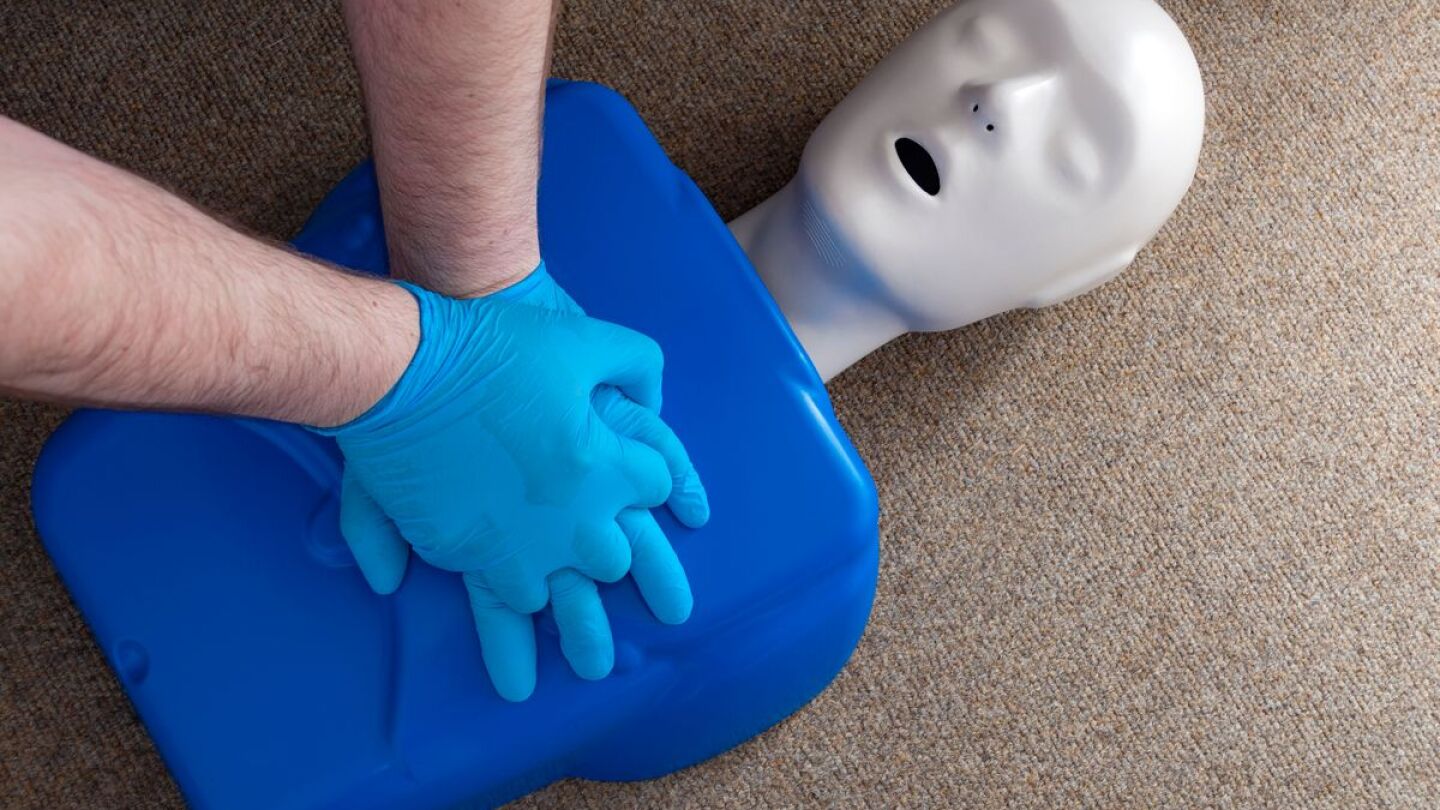AHA CPR Guidelines
This webinar covers stroke assessment, recognition and timely decision-making as to where to transport a patient for intervention
AHA CPR Guidelines 2020 continue to emphasize early recognition of cardiac arrest and prompt CPR beginning with chest compressions provides the best chances for survival
Make sure each of your service’s cardiac arrest patients get the best chance of survival by prioritizing high-quality CPR in training and in practice
This year’s topics include video-based dispatch systems, COVID-19 infection risk to rescuers, an extensive review of neonatal cord management and more
The American Heart Association’s 2020 guidelines add a sixth link to the cardiac arrest chain of survival and offer new strategies for increasing rates of lay person CPR
From dangerous active shooter events, to ET3, Ebola, opioids and community paramedicine, EMS providers faced many significant incidents and evolving trends in the 2010s
The voice-activated device first tells the user to call 911 before offering other instructions
The risk of cardiac arrest increases with age; I would find more comfort in more adults knowing CPR
The study examined whether CPR proficiency could be improved with low dose and high frequency simulations in hospitals
Task forces are categorizing questions into one of four categories
The recommendations are accompanied by performance goals to measure successful implementation by first responders
Capt. Les Fryman and firefighter-paramedic Sean Davenport got ROSC on woman attending the AHA ECC meeting with them
EMS agencies should promote public involvement in cardiopulmonary resuscitation and AED use to improve community health
Understand the findings of the amiodarone vs. lidocaine vs. plain saline (ALPS) trial and what those findings mean for EMS providers
Paramedic 12-Lead ECG acquisition and interpretation drives decisions for pharmacological interventions and patient transport to PCI-capable centers
Meta-analysis of the available research looks at primary and secondary patient outcomes of applying mechanical chest compression devices following out-of-hospital cardiac arrest
The video was made for American Heart Month and shows the proper way to administer hands-only CPR
The interactive kiosks have video instruction and a rubber mannequin for travelers to practice on; the mannequins provide feedback about chest compressions
What is the clinical obligation vs. legal obligation when the standard of care changes for cardiac arrest treatment?
Resuscitation Outcomes Consortium (ROC) randomized, controlled trial compared interrupted CPR and continuous-chest-compression CPR
These events generated vigorous discussion and passionate debate
Show off your mastery of CPR with this 10-question quiz of what every EMT should know about basic life support
An in-depth analysis of the research based updates for the treatment of out of hospital cardiac arrest
The 2015 ECC and CPR guidelines provide an evidence-based foundation for requesting grants to improve out-of-hospital cardiac arrest survival
Educators should not limit instruction to their own learning style but rather incorporate visual, auditory and kinesthetic techniques
CPR instructors can make accommodations for students with limitations but students must meet course criteria to achieve certification
In-depth insights into the expert recommendations for chest compressions, defibrillation, medications and post-arrest care














